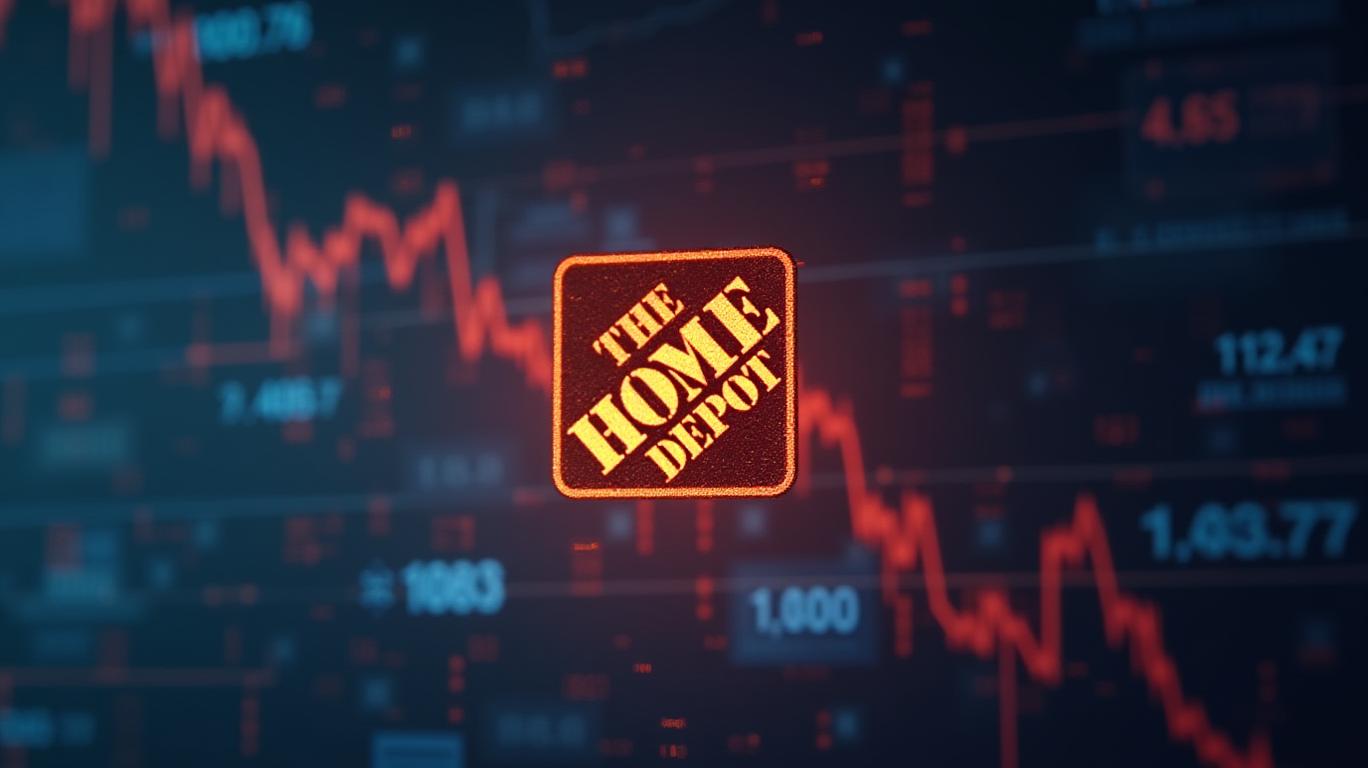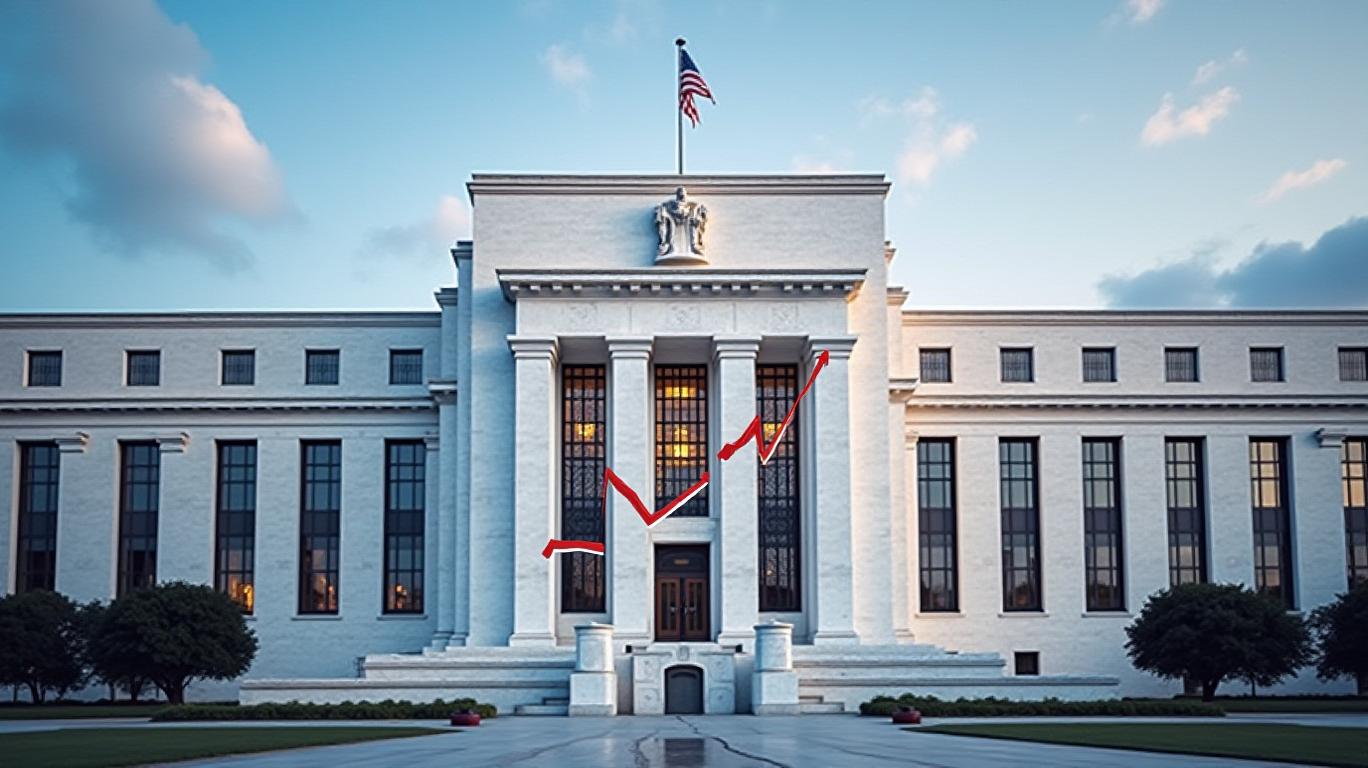The Fragile Rally: Why U.S. Equities Face a Steep Climb Amid Trade Uncertainty and Fed Dithering
The S&P 500 is clawing its way back toward record highs, but don’t be fooled by the headlines. This rally is as fragile as a house of cards in a hurricane. Let me tell you why—and why you should proceed with extreme caution.
The market’s recent surge—driven by hopes of tariff truces, Fed rate cuts, and a dash of optimism—is built on shifting sands. And two key indicators—Home Depot’s underwhelming results and JPMorgan’s stark warnings—should set off alarm bells for any serious investor.
Home Depot’s Muted Results: A Warning Shot Across the Bow

Let’s start with the red flag: Home Depot, the bellwether of consumer confidence, just reported a 0.3% drop in Q1 comparable sales. Even though they reaffirmed their full-year guidance, this miss is a stark reminder that the economy is slowing—and fast.
Here’s the deal: Home Depot’s sales are tied to home improvement, a sector that’s recession-resistant. If they’re struggling, what does that say about the broader economy? It’s not just about tariffs; it’s about consumers tightening their wallets.
Look at the data: Home Depot’s stock has lagged the S&P 500 by 5% over six months. That’s a glaring underperformance for a company that’s supposed to thrive in good times and bad. This isn’t a typo—it’s a sign that the retail sector is in trouble.
JPMorgan’s Jamie Dimon: “Don’t Bet on Easy Street”
Now, let’s talk about the elephant in the room: JPMorgan CEO Jamie Dimon’s warning. He recently called the current market complacency “irrational” and highlighted how tariffs are already kneecapping corporate profits.
Dimon isn’t just whining about trade wars. He’s pointing to a brutal truth: tariffs are a tax on everything. From Walmart’s shelves to Apple’s supply chains, the costs are piling up. And if companies can’t pass those costs to consumers—which they can’t without killing demand—the result is narrower margins and weaker earnings.
JPMorgan’s shares are up 8% this year, but that’s not because of its own earnings—it’s because of the broader market’s irrational exuberance. Dimon’s voice is a wake-up call: this rally isn’t about fundamentals.
The Fed’s Dithering: A Recipe for Volatility
The Federal Reserve isn’t helping. They’re stuck in “wait-and-see” mode, terrified to cut rates because inflation remains stubbornly above 4%. But here’s the catch: if they do cut rates, it’ll be a sign the economy is in worse shape than we think.
Meanwhile, trade talks with China are a game of chicken. The 90-day tariff pause is a Band-Aid, not a cure. And President Trump’s latest tariff threats on European imports? That’s just more gasoline on the fire.
The bottom line? The Fed’s hesitation and trade uncertainty are creating a perfect storm.
The Rally’s Fatal Flaws
This rally isn’t built to last. Here’s why:
1. Narrow Leadership: The S&P 500’s gains are being driven by a handful of tech stocks. A “winners take all” market is a sign of weakness, not strength.
2. Low Volume: The recent rebound has come on low trading volume—a red flag. A real rally needs broad participation.
3. Earnings Reality Check: Analysts are still too optimistic. Morgan Stanley warns S&P 500 earnings could drop 5-8% in 2025, not grow.
What to Do Now
So, what’s an investor to do? Here’s my advice:
1. Avoid Tech’s Siren Song: Yes, D-Wave Quantum surged 30% on a new product—but this rally isn’t about innovation. It’s about speculation.
2. Focus on Defensive Plays: Utilities, healthcare, and consumer staples are safer bets.
3. Hedge with Cash: Keep 20-25% of your portfolio in cash. This market isn’t the place to be fully invested.
4. Watch the Fed’s Back: If the Fed finally cuts rates, it’ll be a sell signal, not a buy.

The Fed’s dithering isn’t just a policy problem—it’s a market killer.
The Bottom Line
The S&P 500 might flirt with records, but beneath the surface, the cracks are widening. Home Depot’s stumble and JPMorgan’s warnings are just the tip of the iceberg. This rally isn’t sustainable—unless the Fed and trade negotiators finally get their acts together.
Until then? Proceed with caution, keep cash on the sidelines, and remember: the market’s “recovery” is a house of cards waiting for a gust of bad news to blow it apart.
Invest wisely—or don’t invest at all.

Comments
No comments yet